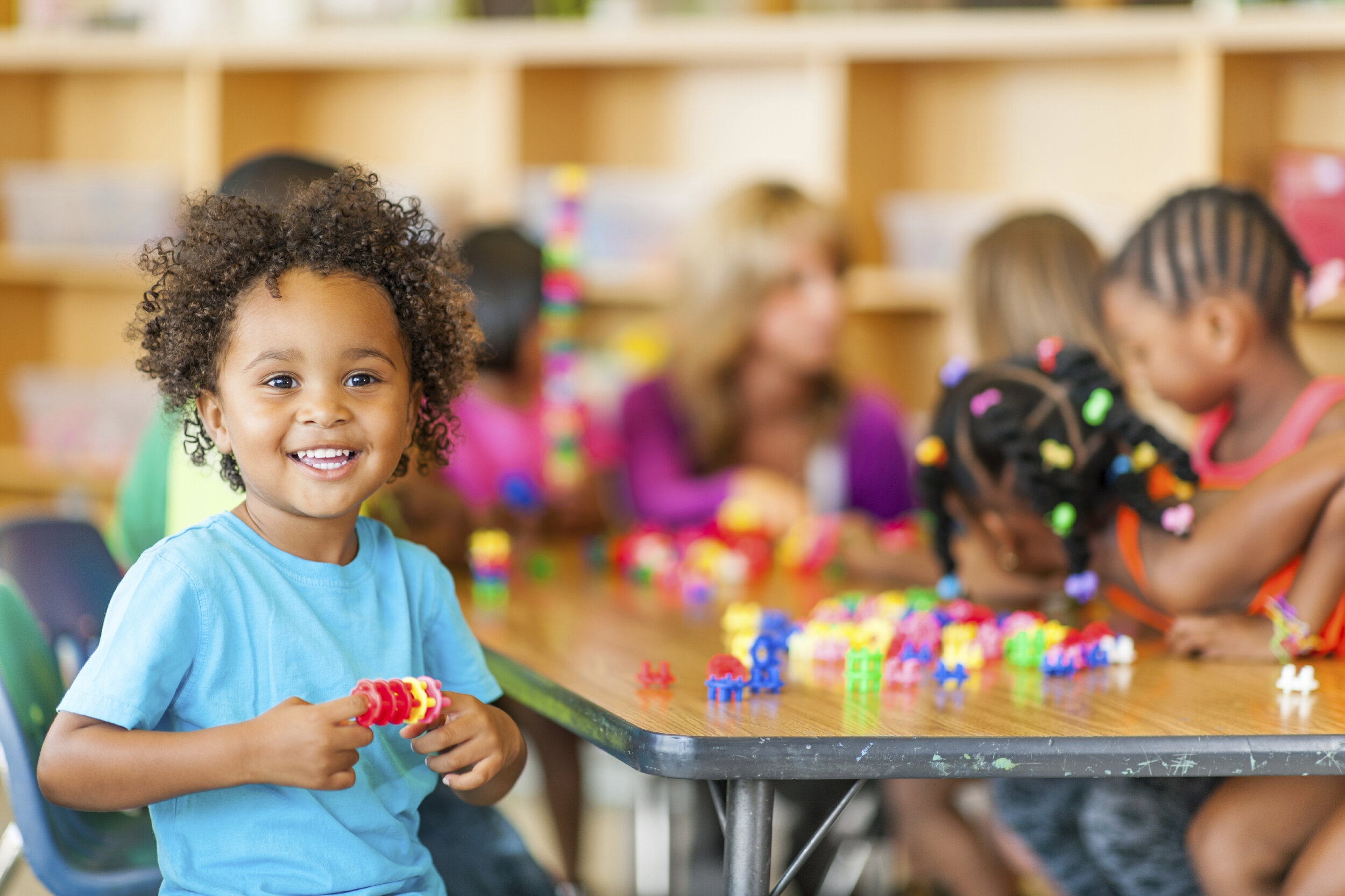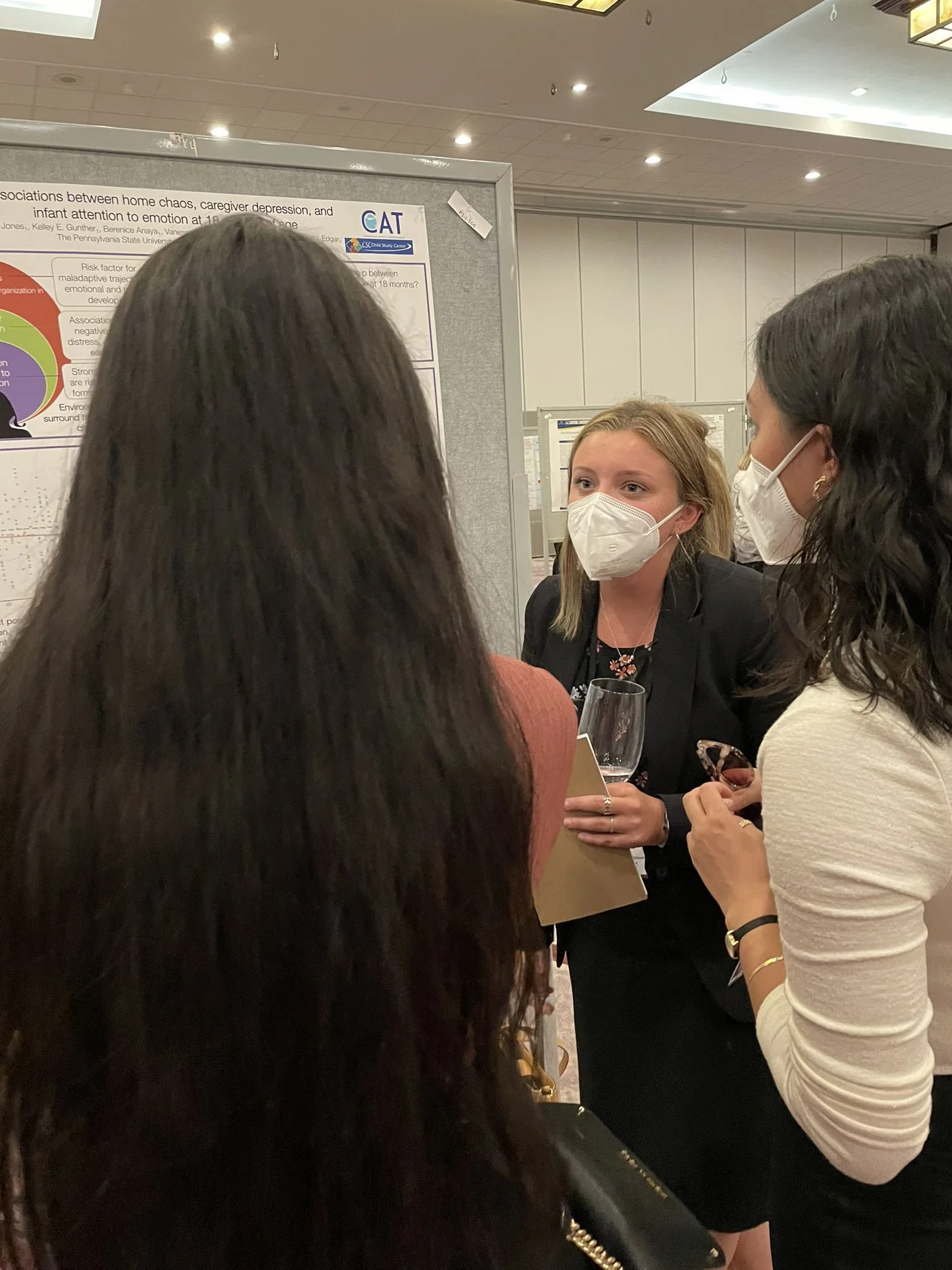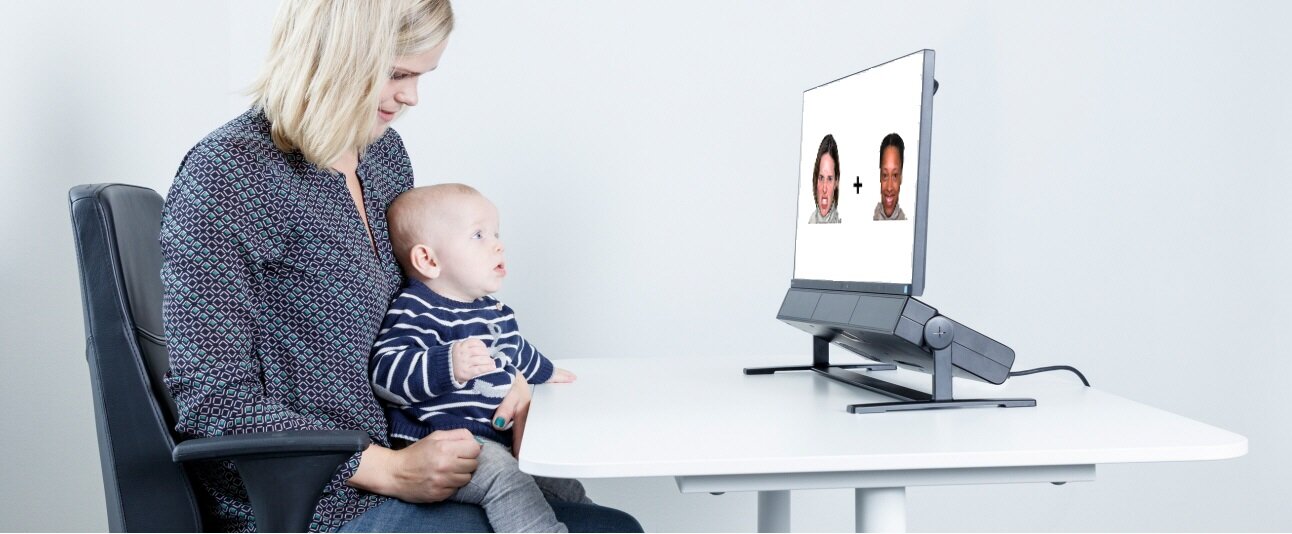
A DEVELOPMENTAL PERSPECTIVE
At the Cognition, Affect, and Temperament (CAT) Lab, our research focuses on the ways in which emotion and attention interact to shape how individuals navigate through their social world. We do this through biological measures, self-report questionnaires, and observations of behavior in our laboratory. Our main focus is on the interaction between temperament, early appearing biases in emotion, and attention in children and adults.
TEMPERAMENt
“Temperament is defined and delineated by individual differences in the expression and intensity of emotion; and the goal of temperament research is to characterize the dynamic child, in context, as they actively engage in their own development to support change over time across multiple levels of functioning.”

emotion
“Our initial starting point is to view emotion as a self-organizing mental system that reflects and regulates the motivation-related aspects of our actions; they also provide our primary appraisals of the world.”

BIAS TOWARDS NEGATIVE EMOTIONS
Most infants show a bias for negative emotions, evident in orienting faster and looking longer at angry and fearful faces, and also snakes. This bias is normative and our ability to more quickly detect threatening cues in our environment ultimately keeps us safe! However, under some circumstances, these biases become very pronounced and increase the risk for anxiety and social difficulties. Currently, we are trying to understand how these biases develop in infants through a longitudinal eye-tracking study.
BIAS TOWARDS POSITIVE EMOTIONS
Humans can also be biased towards positive emotions, which can be rewarding and motivate us to approach. When these biases are very strong or unregulated, they may increase the risk for addiction related disorders. Our research in children also has shown that a strong bias for happy faces plays a functional role in difficult and defiant behaviors during kindergarten. Learn more about this finding.
attention
“Attention is pivotal to development; by filtering the environment, attention acts as a developmental hub, gating the acquisition of information and skills across domains and knitting together experiences across time and space.”

new and Noteworthy from the media
How to Support Your Shy Kid


![20241026_163826[20].jpg](https://images.squarespace-cdn.com/content/v1/52812781e4b0bfa86bc3c12f/01a07f6c-543b-44a0-bcd9-c8311da9f13a/20241026_163826%5B20%5D.jpg)












